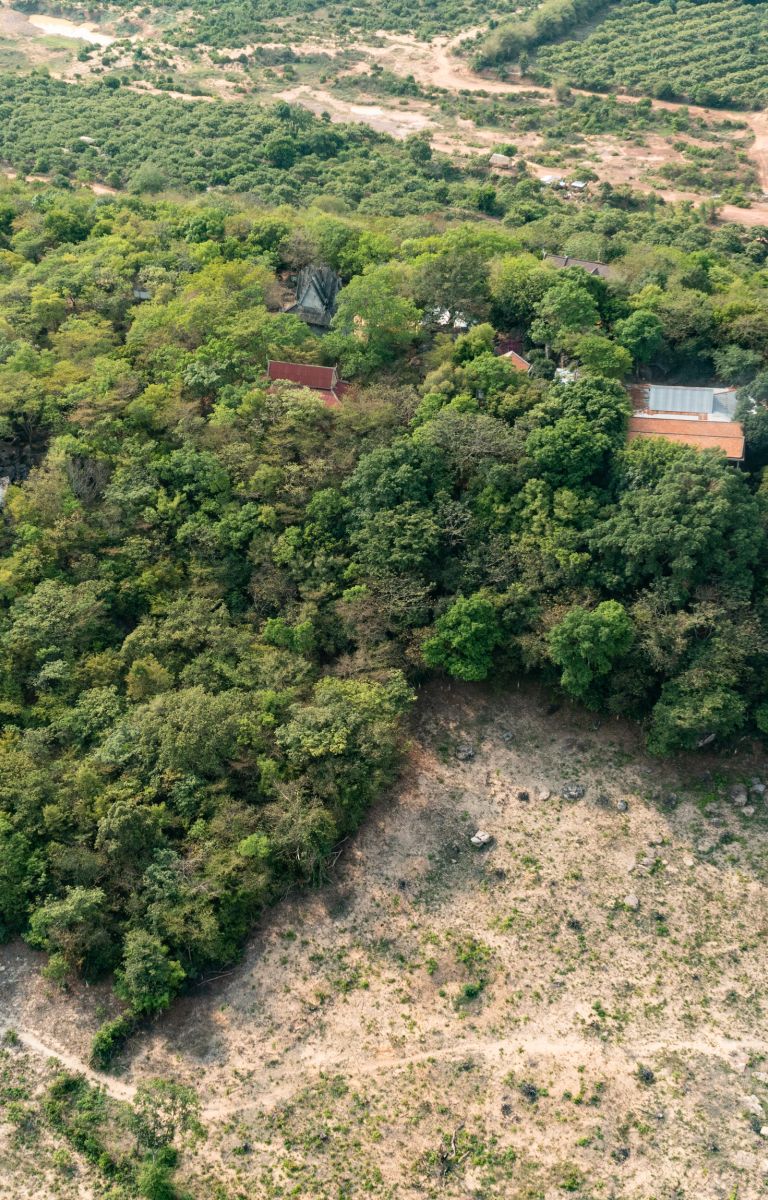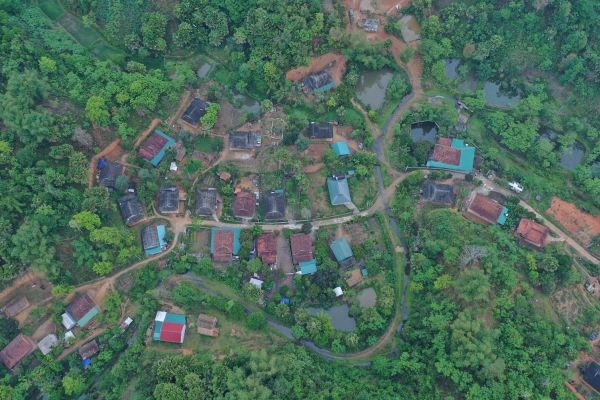

In recent years, millions of people across South-East Asia have been empowered to manage local forests. But as countries in the region continue to expand various forms of community forestry, they risk operating in the dark. This is because of limitations in their systems for collecting and accessing data about the progress, effectiveness and sustainability of community forestry programs.
“The lack of strong information systems prevents governments and non-governmental groups from understanding how and where community forestry programs are being applied,” says Peter Cutter, director of Program Coordination and Technical Services for RECOFTC. “This makes it difficult to assess how efforts are delivering and contributing to sustainable development.”
Inadequate systems
Governments in the region have been supporting community forestry through enabling policies, laws and institutions. They have set ambitious targets to expand forest areas under community management and increase the number of participating communities. This trend is reflected in an increase in community forest areas in Member States of the Association of Southeast Asian Nations (ASEAN), from nearly 6.7 million hectares in 2010 to 13.9 million hectares in 2019.
“ASEAN countries are increasingly acknowledging the key role that community forests should play in meeting their ambitious national forest cover targets,” says William Francis, who is RECOFTC’s manager of Digital Development and Knowledge Management.
Under current targets in some ASEAN Member States, the forest area under community management in the region would reach more than 30 million hectares by 2030. But this will be challenging to achieve without enhancing the capacities of government agencies to generate and use information about community forestry in their countries.
“Some countries have well-developed community forestry information systems, such as goKUPS in Indonesia,” says Ronnakorn Triraganon, senior strategic advisor at RECOFTC. “Many other countries’ information systems receive limited support across relevant agencies and are therefore fragmented and inaccessible.”
As a result, he says, there is limited integration of community forestry programs into development goals, such as in National Economic and Social Development Plans and in the Nationally Determined Contributions that countries have pledged under the Paris Agreement on climate change.
As a first step towards addressing the situation, RECOFTC and the Asian Forest Cooperation Organization (AFoCO) partnered with the Korea International Cooperation Agency to help ASEAN Member States improve the collection and availability of quality data on community forestry. Following an initial survey (see ‘Monitoring and data gaps’), RECOFTC experts Cutter and Francis led a two-week training for forestry officials from the region in December 2022.
The training took place at RECOFTC’s main office in Bangkok, and involved 18 participants working on community forestry in Cambodia, Indonesia, Lao PDR, Thailand, and Viet Nam. Most of the trainees left the two-week course with the beginnings of a new information management system, while others gained clarity on how to improve their existing systems.
Capacity-building is key
The trainees included Koh Sotheavy, who works in Cambodia’s Registration and Forest Land Use Office. She believes the training will help her country move from spreadsheet-based information management to more systematic structures that better serve decision makers and the public. The training, she explains, showed her how to use online GIS tools and how to collect data from the field. She also says the training impressed upon her the importance of forest cover data in the context of community forests.
Ayi Firdaus Maturidy works in the Administrative Subdivision of the Social Forestry Area Preparation Directorate in Indonesia’s Ministry of Environment and Forestry. As part of the team that developed the goKUPS social forestry information system, he says the training on the use of mobile tools will enhance his work. “Sometimes we have incomplete data or some errors,” he says.
“One interesting thing in the training is that we designed mobile tools to collect data. These mobile tools are easy to use, and we hope they can minimize errors in our data. I think this is one thing that can be improved in our goKUPS system.” - Ayi Firdaus Maturidy, Indonesia’s Ministry of Environment and Forestry.
During the training, participants from each country were challenged to develop, refine, present and defend an action plan for improving their systems within one to two years.
“This training was very useful,” says Phonephanh Luangaphay, who works in the Village Forest Management Division of Lao PDR’s Department of Forestry. “We have information, but we didn’t know how to make it systematic for sharing and updating.” Phonephanh describes their system as rich with information but not harmonized with many other agencies.
“Mostly, I liked the approaches, the categories of the databases and the types of information we learned about,” Phonephanh adds. “One presentation was very comprehensive on classifying information and how these are linked. We also learned how to manage the information. I think this is very important.”
Ultimately, RECOFTC expects that outputs of the training course will help address the development needs of community forestry at the country level. They may also lead to the development of a regional database as well as network-building among ASEAN countries. RECOFTC also offers training on community forestry data and information systems for other stakeholders in the region.
"Robust information systems would facilitate the work of regional forestry stakeholders such as the ASEAN Working Group on Social Forestry."- David Ganz, RECOFTC’s executive director.
The working group provides policy recommendations about how community forestry enhances sustainable forest management and contributes to the livelihoods of Indigenous Peoples and other communities that depend on forests.
“The lack of strong information systems across the ASEAN region is hindering efforts to achieve climate change targets as well as the Sustainable Development Goals that depend on strong forests,” says Ganz. “Missing those goals will have deep impact on every nation’s health and economic well-being.”


